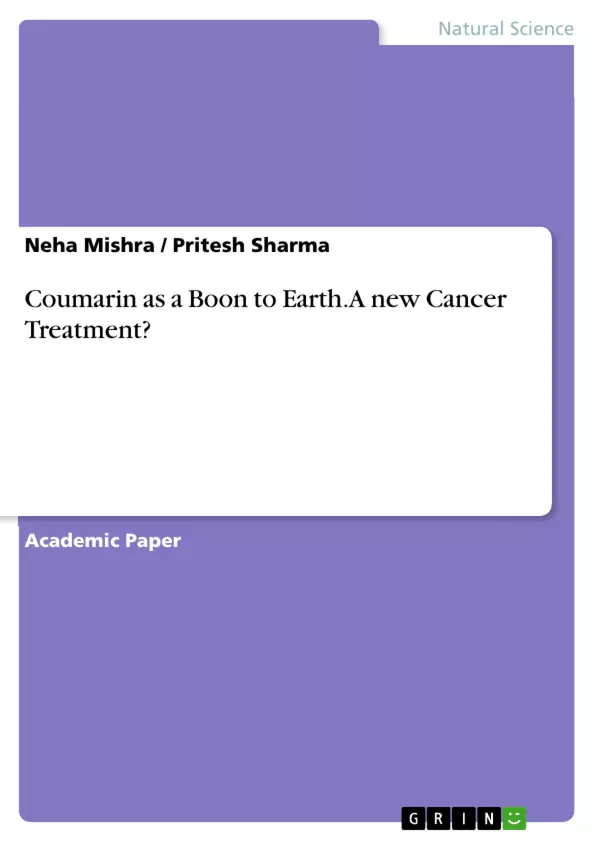Medicinal chemistry is the branch of chemistry that deals with the discovery, design and development of therapeutic chemical agents for use in clinical and veterinary medicine. It deals with the relationship between chemical structure and biological activity, medicinal chemistry as a scientific discipline has introduced several new techniques over the last few years in order to speed up the drug discovery process, such as combinatorial chemistry, microwave-assisted organic synthesis, and high-throughput purification.
Synthetic organic chemistry has always been a vital part of the highly integrated and multidisciplinary process of drug development. However, the nature of its major contribution has varied over time. In recent years, efforts have been made to synthesize potential anticancer, anti microbial, anti hiv drugs. Consequently, hundreds of chemical variants of known classes of therapeutic agents have been synthesized. Recent advances in biomedical sciences and combinatorial chemistry have resulted in the design and synthesis of hundreds of new anti microbial agents with potential activity against wide range of therapeutic targets
Inhaltsverzeichnis (Table of Contents)
- Coumarin - A boon to Earth.
- Introduction
- History
- Brief view of Discoveries [5].
- Medicine in the antiquity..
- Medicine in the Middle Ages (400 to 1500 AC).
- Discovery of Penicillin .....
- The general stages in modern-day drug discovery and design......
- REVIEW OF LITERATURE.
- Anti-Microbial Agent Discovery.
- Chemical Synthesis Ushers in the Golden Age of Antibiotics Discovery
- Early History Of Anti-Biotics Discovery and Development ........
- The bacterial cell
- Differences between bacterial and animal cells.
- Mechanism Of Anti-Bacterial Cell….....
- There are four main mechanisms by which antibacterial agents act..
- Antibacterials, 1940-Present
- Some Anti-Bacterials Agents [27].
- Structure-activity relationships (SAR) [28].
- Applications of sulfonamides [29]
- Mechanism of action
- Biochemical Targets for Antifungal Chemotherapy[³¹].
- Inhibition of Cell Wall Formation .....
- Cell Membrane Disruption...........
- Inhibition of Cell Division [32]
- Amphotericin B.
- Mechanism of Action:......
- Adverse Effects
- Azoles and Triazole Antifungal Agents: Ergosterol Biosynthesis Inhibitors ..... 26
- Mechanism of Action:..
- Azole[33,34]
- Miconazole..
- Econazole
- Oxiconazole......
- Sulconazole
- Tioconazole.
- Ketoconazole..
- Itraconazole.
- Fluconazole
- Voriconazole
- Butoconazole.
- Terconazole
- Posaconazole.
- PLAN OF WORK.
- III-A] Synthesis of Substituted 4-(1,3-benzothiazol-2-ylamino)-2H-one .....
- III- B Synthesis of Substituted 2-[(2-oxo-2H-chromen-4-yl)oxy]-N-[(Z)-\nphenylmethylidene]acetohydrazide..\n
- III- C Synthesis of 2-[(2-oxo-2H-chromen-4-yl)oxy]-N-(4-oxo-2-phenyl-1,3-\nthiazolidin-3-yl)acetamide.......
- III-D] Synthesis of N-[ (2E)-4-phenyl-3,4-dihydroquinazolin- 2(1H)- ylidene ] -1,3-\nbenzothiazol-2-amine
- CHEMISTRY OF COUMARIN
- Occurrence...
- Pharmacokinetics......
- Absorption and Distribution…...
- Metabolism.........
- Metabolism in Man
- Toxicology.
- Applications of Coumarin and Coumarin Derivatives.
- Clinical Uses
- High Protein Oedema (HPO) ...
- Chronic Infections.
- Application Of Simple Coumarins In..
- Cancer Treatment
- Coumarin in Malignant Melanoma
- Coumarin in Renal Cell Carcinoma
- Coumarin in Prostate Cancer....
- Coumarin Derivatives and Cancer..
- Furanocoumarins..
- Warfarin
- Isoflavones.
- Genistein in Cancer Research
- Chemistry of Hydrazide
- Chemistry of Dithiocarbamate salt...
- Chemistry Of Quinazolines
- Biological importance of Quinazolinones
- Quinazolinones as anti HIV activity
- Quinazolinones as antifungal activity.
- Quinazolinones as antioxidant activity
- Quinazolinones as antileishmanial activity.
- CHEMISTRY OF BENZOTHIAZOLE..
- Benzothiazole
- Characteristics of nucleus..
- Synthesis of 2-amino benzothiazole (Reported methods)
- Method A
- Mechanism
- Method B.
- CHEMISTRY OF SCHIFF BASE.
- CHEMISTRY OF THIAZOLIDINONE.
- REFERENCES……………………………….
- The history and discovery of coumarin and its derivatives.
- The mechanisms of action of coumarin and its derivatives in treating various diseases, including bacterial and fungal infections.
- The synthesis of coumarin derivatives and their potential applications in medicine.
- The chemistry and biological activity of key coumarin derivatives, such as hydrazide, dithiocarbamate salt, quinazolinones, and benzothiazole.
- The role of coumarin derivatives in cancer research and treatment.
Zielsetzung und Themenschwerpunkte (Objectives and Key Themes)
This text delves into the multifaceted world of coumarin, exploring its history, chemical properties, and wide-ranging applications, particularly in the realm of medicine. It aims to provide a comprehensive overview of coumarin's impact on various medical fields and its potential for future advancements.
Zusammenfassung der Kapitel (Chapter Summaries)
The text begins by introducing coumarin, outlining its history and highlighting significant discoveries in the field. It delves into the development of antibiotics and explores the mechanisms of action of antibacterial and antifungal agents. The text then focuses on the synthesis of substituted coumarin derivatives, including 4-(1,3-benzothiazol-2-ylamino)-2H-one, 2-[(2-oxo-2H-chromen-4-yl)oxy]-N-[(Z)-phenylmethylidene]acetohydrazide, and 2-[(2-oxo-2H-chromen-4-yl)oxy]-N-(4-oxo-2-phenyl-1,3-thiazolidin-3-yl)acetamide.
Further chapters delve into the chemistry of coumarin, exploring its occurrence, pharmacokinetics, toxicology, and diverse applications. This includes examining its use in treating high protein oedema, chronic infections, and various cancers. The text also explores the chemistry of key coumarin derivatives such as hydrazide, dithiocarbamate salt, and quinazolinones, highlighting their potential in various medical fields.
Schlüsselwörter (Keywords)
The text focuses on the chemical compound coumarin and its derivatives, exploring their history, synthesis, mechanisms of action, and applications in medicine, particularly in the treatment of bacterial and fungal infections, cancer, and other diseases. Key concepts include antibiotic discovery, antibacterial and antifungal agents, structure-activity relationships, pharmacokinetics, and the chemistry of specific coumarin derivatives such as hydrazide, dithiocarbamate salt, quinazolinones, and benzothiazole.
- Quote paper
- Dr Neha Mishra (Author), Dr Pritesh Sharma (Author), 2023, Coumarin as a Boon to Earth. A new Cancer Treatment?, Munich, GRIN Verlag, https://www.grin.com/document/1321483



